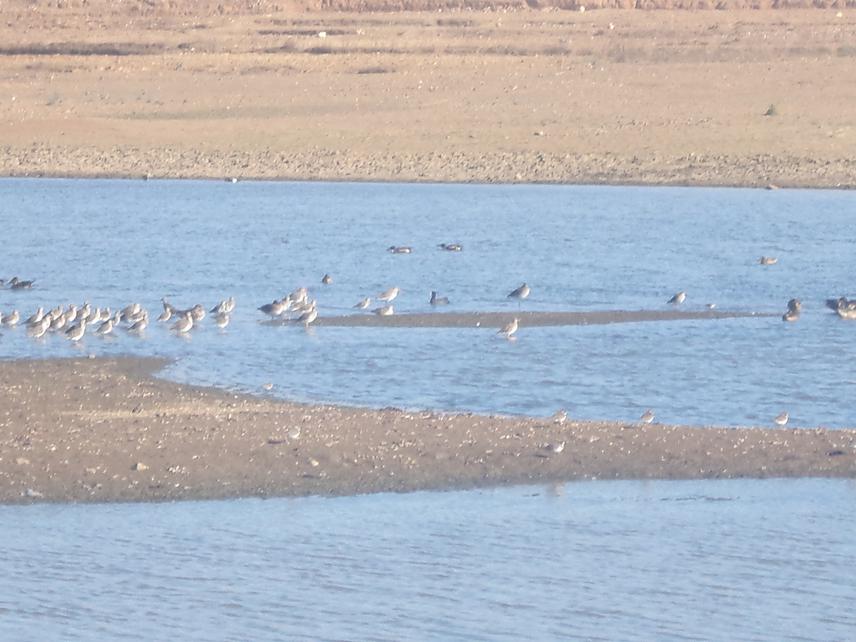Russom Teklay Tewelde
Other projects
9 Dec 2021
Seasonal Variation in Species Richness and Abundance of Birds Relative to Habitat Characteristics in the Suburbs of Asmara City & Debubawi-Bahri, Eritrea
In general the project will investigate the spatiotemporal species diversity, relative abundance and habitat preference of bird species in the specified study area. Thus, it aims to: Collect relevant data on the bird species diversity, estimate the relative abundance of each species recorded in the area and determine their temporal and spatial variation, examine habitat use (preference) by each species, and identify potential threats in the area. Parallel to that, awareness programs, through public seminars and social gatherings, will be organized, particularly for school children and farm workers in the study area, to increase their consciousness level, appreciate the value of birds and, in long term, take part in bird monitoring scheme.

Flocks of mixed birds.
Bird records in Eritrea are very incomplete and/or negligible, data quality is poor and bird conservation policy is in its infancy stage, but clearly not for lack of birds. Many past studies did not recognize Eritrea as a separate state from Ethiopia. Due to the years of war, survey work has been severely restricted. Thus, many areas have not been surveyed or visited for 50 years or more, some areas have never been investigated and many recent records are from relatively accessible areas, along or close to main roads, towns and villages. According to BirdLife International (2017), there are about 540 bird species listed for the country. The Eritrea Biodiversity Stocktaking Report (DoE, 1999), on the other hand, listed 577 species. At the same time, ABC mentioned 574 species (ABC website) for Eritrea. Thus, is not a definitive checklist of birds for the country as it includes all species which might reasonably have been identified in the past 100 years.
The study will be carried out around the capital city Asmara and its suburbs (June 2019 - March 2020), covering both wet and dry seasons, located at 2,325 meters above sea level. The study area includes irrigated farmlands and wetlands, mainly reservoirs and streams which carry the sewage load of Asmara city, known as Maibella. The total stretch of the study site is around 65 km with total area about 750 km2. Although there is no correct estimation of the total area under irrigated farming, roughly runs into hundreds of hectares, where more than 500 farmers engaged in farming activities.
There is no updated information on birds’ diversity, abundance and habitat use in the proposed study area. There has not been an attempt to study the seasonal distribution and habitat use of bird, although it is central for bird monitoring and conservational planning. This is particularly important in areas where anthropogenic activities are major factors. The project is intended to fill the existing information gap through evaluating species composition, relative abundance and habitat preference per season per habitat type for each bird species recorded.
The significance of the project is eminent in that it provides basic information to track population change in time, prioritize conservation measures for threatened species, highlight the role and importance of the site in the bird’s annual cycle and encourages continued monitoring of the sites by taking corrective measures.